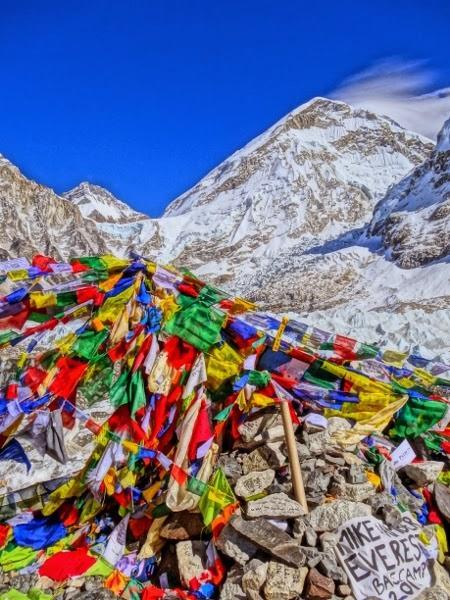 As the tallest peak in the world, Everest is a summit that many mountaineers dream of conquering - and with modern technology and equipment, the route to the top has certainly got easier.
As the tallest peak in the world, Everest is a summit that many mountaineers dream of conquering - and with modern technology and equipment, the route to the top has certainly got easier.However, it’s still a very dangerous endeavor, with the chances of climbers dying on the mountain around one in 20. Many intrepid explorers have lost their lives trying to reach Everest’s summit in the years since expeditions first began exploring the peak in the 1920s.
We’re going to take a look at the history of climbing Everest - if this inspires you to get closer to the world’s tallest mountain, it’s worth checking out the trekking trips on this website that can take you to Base Camp.
Early Attempts
The first summit attempt took place in 1922, when a British expedition led by General Charles Granville Bruce and Lt-Col Edward Lisle Strutt made it over 8,000 m high on the mountain. Two of the team - George Finch and Geoffrey Bruce - made it to 8,321 m, but were unable to go any higher.
Two years later, George Mallory, who had been part of the previous expedition, returned on another trip. He set out for the summit along with Andrew Irvine, but their team members lower down the mountain lost sight of them in the cloud and the pair were never seen again. It wasn’t until 1999 that Mallory’s body was discovered and Irvine’s has yet to be found.
In the 1930s there were several more attempts on Everest’s summit, with some of these making it above 8,000 m, but none able to reach the top.
First Success

It was 1953 when a British expedition - including Edmund Hillary and Tenzing Norgay, who were the first to conquer Everest - set out to tackle the challenge. There were two pairs of experienced climbers who were to have the chance to go for the summit, with Hillary and Norgay the second of these pairs. The first, Charles Evans and Tom Bourdillon, were forced to turn back due to problems with their oxygen equipment.
This allowed Hillary and Norgay to make their attempt two days later on May 29th 1953, which saw them successfully reach the Roof of the World. The two had just 15 minutes at the top of the peak before they had to come back down.
One of the key things that contributed to their success, aside from the fact that it was a well-planned expedition, was Nepal’s decision in 1950 to open its borders to foreigners. Until this time, it had been impossible to access the mountain from the Nepalese side of the border.
Early attempts on the summit had all been made on the north face from Tibet, although China then closed access to western expeditions after invading Tibet in 1950. The opening up of the Nepalese border was therefore one of the factors that paved the way for Hillary and Norgay’s successful climb.
Later Milestones
There are several routes to Everest’s summit, which means many more climbers have risked their lives to tackle this imposing peak over the years. One of the biggest milestones in Everest’s climbing history came in 1978, though, when Reinhold Messner and Peter Habeler were the first mountaineers to reach the summit without the aid of supplementary oxygen - an incredible feat.
People from all over the world have now successfully reached Everest’s summit, but each climb poses its own challenges and is gruelling. If you go on a trek to Everest Base Camp, you may be lucky enough to see some climbers preparing for their summit attempt.



